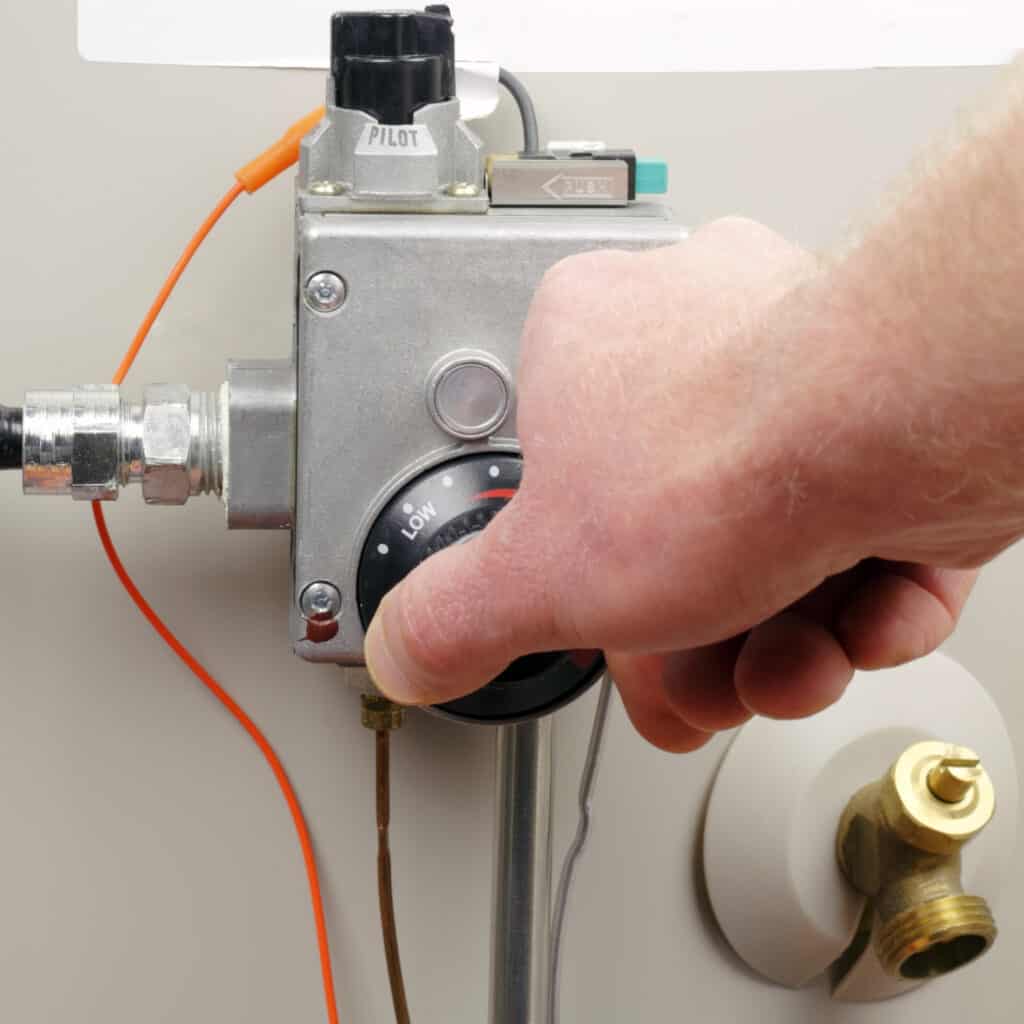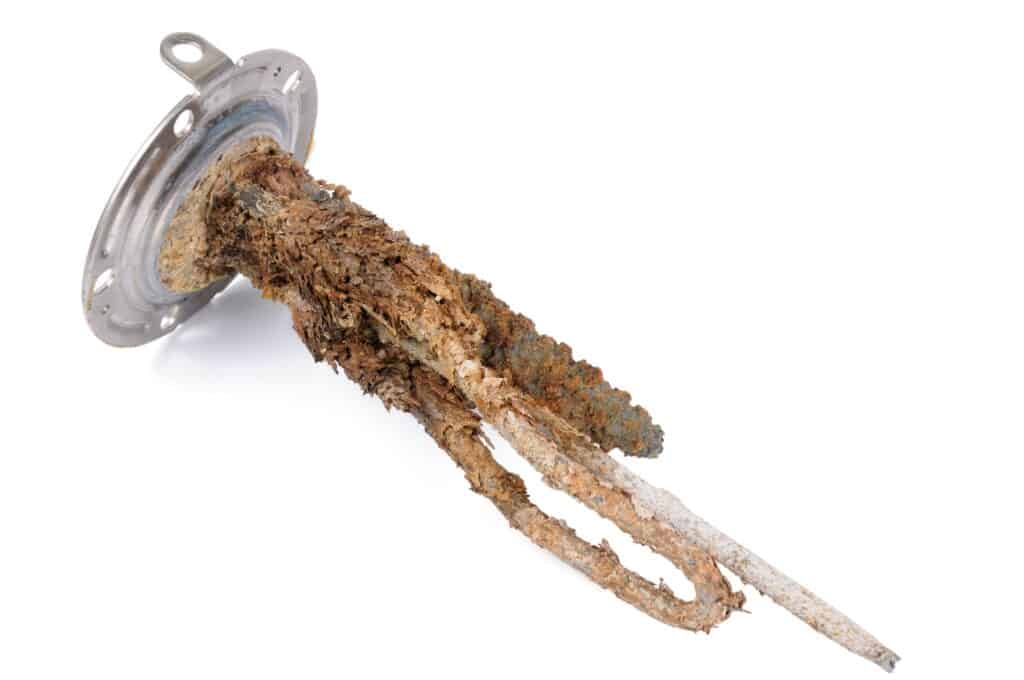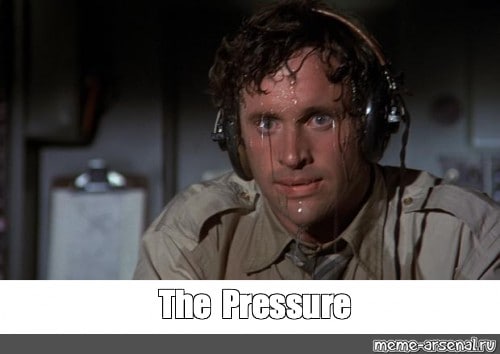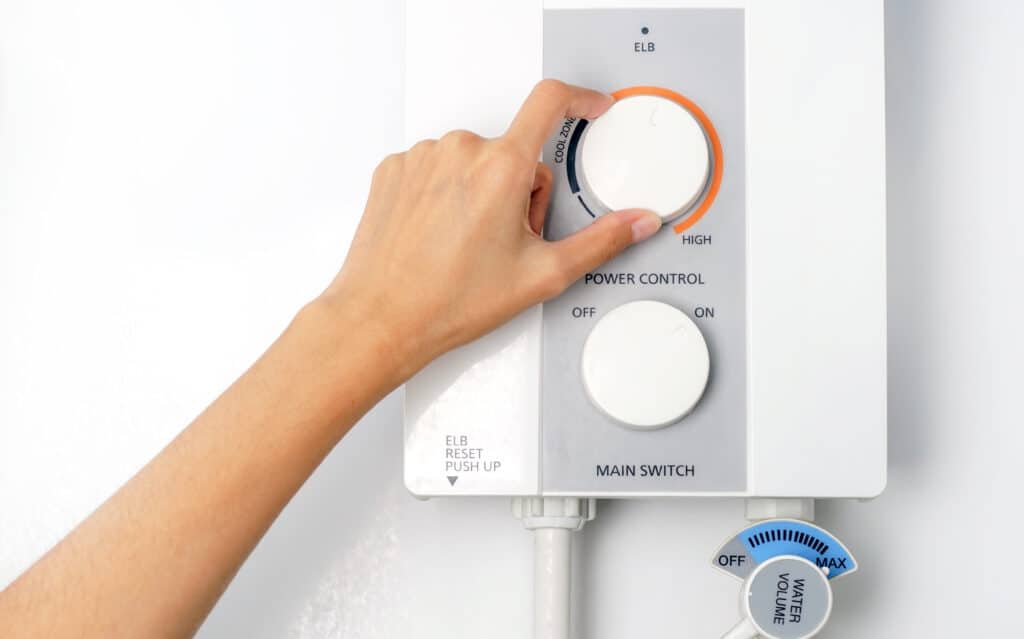My Water Heater is Getting too Hot
Hot water is a modern expectation in a home, but not excessively hot. Here we’ll go over reasons why your water heater is suddenly sending super-hot water from the tap and how to change the thermostat to prevent it from happening again.
Reasons your water heater is getting too hot
Broken Thermostat
Most thermostats work for years without issue, while others decide one day they’re done working as they should. Without the thermostat telling the burners or heating element when to turn off, the water continues to heat up and reaches scorching levels.
 Check the current thermostat temperature — if it’s set at 140 degrees Fahrenheit, it’s still on the factory setting. Lower it by 15 to 20 degrees then wait two to three hours to test the tap water temperature with a thermometer. If the water temperature is higher than the thermostat, you likely need to call a plumber for a replacement.
Check the current thermostat temperature — if it’s set at 140 degrees Fahrenheit, it’s still on the factory setting. Lower it by 15 to 20 degrees then wait two to three hours to test the tap water temperature with a thermometer. If the water temperature is higher than the thermostat, you likely need to call a plumber for a replacement.
Unbalanced or Misaligned Thermostat
Sometimes the thermostat becomes unbalanced or misaligned over time. It needs to be flush and square against the water heater to properly communicate and read the temperature. Use a screwdriver to realign and tighten the screws that hold the thermostat in place.
Faulty Heater Element
If your water heater is electric, it likely has one or two heater elements to warm the water. However, because of their design, the element begins to ground, or fail, as it ages and can go wonky. This includes never turning off which excessively overheats the water until the element burns out and fails.
Mineral Buildup
Mineral buildup inside a hot water heater is common for 85% of the United States — the amount of the country that has hard water. As hard water heats, it begins to evaporate a tiny amount but leaves behind deposits of calcium, magnesium, and other minerals. These harden against the inside and affect whether the thermostat is able to accurately gauge the water temperature.

Issues with the Pressure Relief Valve
This valve goes into action if the water temperature and/or pressure inside the tank reaches an unsafe level. Pressure and steam are byproducts of water heating; the valve opens to allow tiny amounts of one or both from the tank as regulation. If the valve has an issue, the water temperature and pressure may continue to rise until the tank leaks or bursts.

You can test the valve by moving the flap up and down a few times. If it’s working, you’ll hear a gurgling noise and possibly see a slight stream of water flow out. If not, or you hear a rattle, screech, or different noise(s), contact a plumber immediately.
How to Change the Water Heater Thermostat
The water temperature for your water heater should stay between 120 and 140 degrees Fahrenheit for a couple of reasons. First, water under 120 degrees creates an environment for bacteria like Legionella and others that cause illness to form. Then, water above 140 degrees can cause scalds and burns in a matter of seconds.
Gas Water Heater
Older gas-powered water heaters have the thermostat toward the bottom of the tank as a dial. You’ll see temperature markings on it and can make adjustments with the dial.
Newer models usually house the thermostat behind an access panel on the tank. You’ll need a screwdriver to remove the panel and adjust the thermostat.
- Turn off the water heater’s power source; we recommend at the circuit breaker.
- Locate the thermostat access panel and remove the screws with the screwdriver.
- Remove the insulation to view the thermostat.
- Some water heaters have two thermostats; if it has two, adjust the top thermostat to a higher temperature than the bottom one.
- Tuck the insulation back over the thermostat and reattach the access panel.
- Restore the power to the water heater.
- Relight the pilot light, if necessary.
- Wait two to three hours then test the water temperature from a tap.
- Adjust the temperature as necessary.
Tankless Water Heater
These water heaters only warm the water on demand, such as when you start the dishwasher. Most have a control panel that looks like the thermostat for an HVAC system. Find the temperature control button(s) and make the adjustments there.
 When Should I replace my water heater?
When Should I replace my water heater?
With routine water heater maintenance and timely repairs, a tank style water heater should last at least eight to 10 years. Tankless systems have been known to work up to 20 years. A trained plumber should be able to provide insight into how much longer your unit will last.
Suddenly too hot water is a surprise for many people, but adjusting the thermostat on the water heater is relatively easy. Need help with you water heater? Call Service Champions today!


 When Should I replace my water heater?
When Should I replace my water heater?